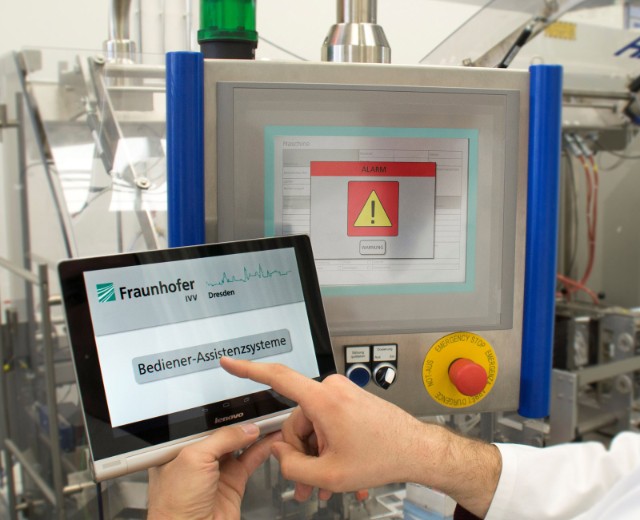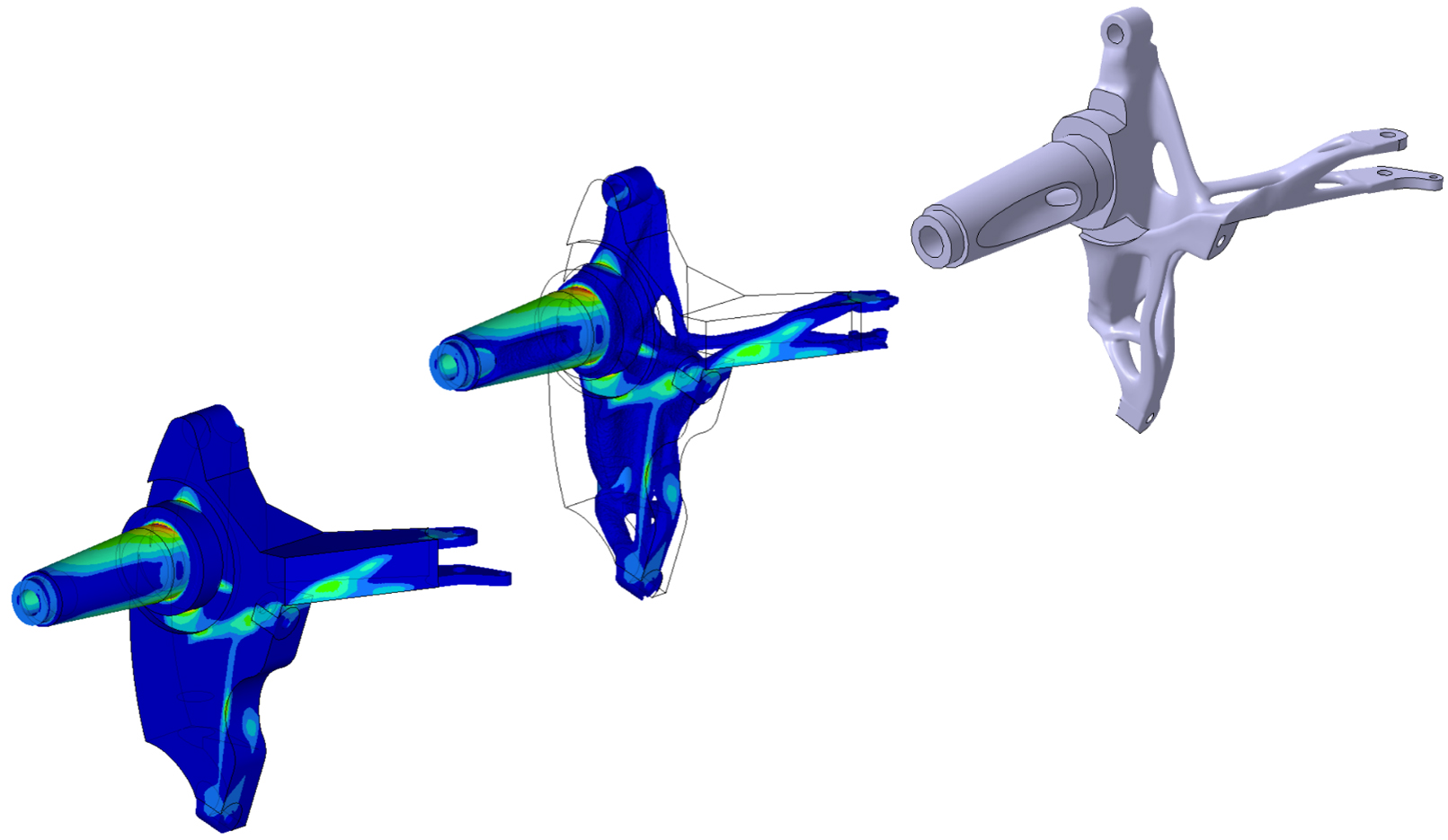Diese virtuellen, computergestützten Abbilder eines Produktes, Prozesses oder Dienstes werden künftig die reale und die virtuelle Welt noch stärker miteinander verbinden. Noch gibt es den digitalen Zwilling oder Digital Twin vornehmlich in Produktion, Anlagenbau oder bei sogenannten „High Value Assets“. Im Zuge der Digitalisierung fast aller Lebensbereiche werden Digital Twins jedoch auch im Alltagsleben der Verbraucher eine immer größere Rolle spielen, vor allem im Rahmen von Anwendungsszenarien wie Smart Home, Connected Car oder im Gesundheitswesen. Digital Twins haben das Potenzial, in vielen Segmenten erheblichen Mehrwert zu schaffen. Sie sorgen für mehr Effizienz, Transparenz und Flexibilität, während sie auf der anderen Seite wirksam Risiken mindern und Qualität sichern können. Wie der aktuelle Deloitte-Report „Grenzenlos vernetzt – Smarte Digitalisierung durch IoT, Digital Twins und die Supra-Plattform“ zeigt, bedarf es aber einer übergreifenden Plattform sowie einer umfassenden Standardisierung von Datenformaten, um das Potenzial digitaler Zwillinge über Insellösungen und geschlossenen Plattformen hinaus gänzlich ausschöpfen zu können.
„Ein anschauliches Beispiel für den ganz konkreten Nutzen eines digitalen Zwillings im Alltagsleben der Verbraucher wäre etwa eine virtuelle Probefahrt, wie sie vermutlich schon im kommenden Jahr zum Angebot von Automobilherstellern gehören wird. Hierbei können zukünftig mithilfe eines Digital Twin realistische Fahrmanöver im Grenzbereich simuliert und beispielsweise über Virtual Reality visualisiert werden“, erklärt Milan Sallaba, Partner und Leiter Technology Sector bei Deloitte.
Digitale Zwillinge als Transformationsbeschleuniger
Bis 2020 gibt es voraussichtlich weltweit mindestens 20 Milliarden IoT-Endpunkte, etwa 4,5 Milliarden davon in Europa, die Digital Twins potenziell mit den erforderlichen Daten versorgen um sie damit zu Bausteinen der intelligenten Digitalisierung machen zu können. Als solche werden die virtuellen Doppelgänger in viele Bereiche des Lebens vordringen und die digitale Transformation der Gesellschaft entscheidend beschleunigen und beeinflussen: als Lieferant von Insights zum Betriebszustand und Steuerung eines Objekts genauso wie als Enabler für Analytics-Lösungen zur Predictive Maintenance.
Neue Geschäftsmodelle und stärkeres Wachstum
Vier Dinge braucht der digitale Zwilling: Sensoren, Konnektivität, definierte Datenstrukturen sowie ein User Interface, das die relevanten Daten visualisiert. Mit dieser Ausstattung können sie im Prinzip überall dort eingesetzt werden, wo vernetzte Objekte vorhanden sind: Produktionsroboter, Windkraftanlagen oder Flugzeugtriebwerke haben sich bereits als B2B-Einsatzfelder etabliert. Im Zuge der weiteren Entwicklung werden nun zunehmend auch Consumer-Anwendungen relevant. So können Diabetespatienten ihre Blutzuckerwerte über vernetzte Messgeräte bequem speichern, visualisieren, entsprechend handeln und in Echtzeit an den behandelnden Arzt übertragen. Eine Fitnesseinheit auf dem stationären Heimtrainer ermöglicht nunmehr virtuelle Radrennen in digitalen Welten gegen Sportler weltweit anhand realer, in Echtzeit ausgewerteter Leistungsparameter. Auch von einer intelligenten Verkehrssteuerung in der Smart City werden Autofahrer in Zukunft profitieren. Die Beispiele zeigen: Aus der Digitalisierung ergeben sich völlig neue Nutzungsszenarien und Geschäftsmodelle, die potenziell wirtschaftliches Wachstum und gesellschaftlichen Mehrwert hervorbringen.
IoT-Fragmentierung und Datensilos überwinden
Permanentes Monitoring, der nachhaltige Aufbau zusätzlicher Erfahrungswerte, flexiblere Steuerungsmöglichkeiten und Frühwarnoptionen sind neue Möglichkeiten, die jedoch eine allumfassende Vernetzung erfordern. Bislang verhindert das stark fragmentierte IoT-Ökosystem mit seinen Einzelanwendungen und zahlreichen geschlossenen Plattformen und Datensilos eine umfassende Interoperabilität. Mit dem Aufbau einer übergreifenden, offenen Plattform könnten künftig die Voraussetzungen für echten, digitalen Mehrwert geschaffen werden. Kundenerfahrungen lassen sich dann nahtlos über die weitverbreiteten, oft betriebstechnischen Schnittstellen hinweg optimieren.
Datencontainer und Supra-Plattform schaffen
Eine grenzenlose Vernetzung braucht offene technische Schnittstellen und standardisierte Datenformate. Entscheidend sind hierbei vor allem zwei Kernelemente: zum einen Datencontainer zur Speicherung von Informationen in vorgegebenen Formaten als unmittelbare Schnittstelle zwischen realer und virtueller Welt. Das andere Kernelement ist die übergreifende Datenmanagement-Ebene – eine Supra-Plattform. Sie ermöglicht einen End-to-End-Datenaustausch, ist logisch und beständig strukturiert, schafft durch entsprechende Verwaltung den verbindlichen Rahmen und managt sämtliche Schnittstellen.
Große Player gefordert
Die Implementierung einer übergreifenden Plattform ist eine Mammutaufgabe und erfordert einen breiten industriellen, technischen und politischen Konsens sowie ein hohes Maß an Kompromissbereitschaft. Nur sehr große Akteure dürften überhaupt in der Lage sein, diese Aufgabe annähernd zu bewältigen. Denkbar wäre das Engagement großer, datenzentrierter Internet-Player, internationaler TK-Unternehmen und Technologie-Konzerne, aber auch staatlicher oder suprastaatlicher Organisationen. Dabei könnte insbesondere ein Zusammenschluss mehrerer Parteien den Durchbruch bringen.
„Ob Smart City, Industrie 4.0 oder Connected Car: Die Aufzählung der möglichen Einsatzgebiete und der komplementären Nutznießer umfasst praktisch Aspekte aller großen Wachstumsfelder der TMT-Industrie. Alleine dies unterstreicht die Bedeutung und das Potenzial von IoT im Allgemeinen und von Digital Twins im Besonderen. Von der intelligenten Vernetzung profitieren gleichermaßen Unternehmen, Gesellschaft und der einzelne Konsument“, ergänzt Sallaba.
Die Studie finden Sie hier zum Download.












Neu / New / Nouveau / Nuovo Comments